Last week, we talked about 5 out of the 10 types of Visual Content Assets that anyone invested in publishing content on the internet should be creating now.
You probably have your own reasons on why you are creating content to publish on the internet. Maybe you own a small business and would like to increase your fanbase or gather more followers. Maybe you’re building a brand. Maybe you’re creating helpful tutorials or even publishing white papers and research posts. Or maybe you just want to blog about your everyday adventures. Whatever the reason, Visual Content Assets can help increase information retention and create audience engagement as opposed to using just plain text.
Here are 5 more type of Visual Content Assets that you can create to increase your audience engagement:
Call to Actions (CTAs) – Call- to – Action buttons are a call out to your readers. CTAs give your readers a slight nudge in the direction you want them to take. They’re great for promoting sales, events, and offering exclusive content. They reinforce your content and are used as a guide to influence your reader to take action after you’ve drawn them in with your awesome content. These are usually big bold texts in colors that are aligned with your brand that grab a reader’s attention. Here’s an example:

Tips, DIY, How-Tos, and Tutorials – Videos or image guides are a hit on Pinterest. If you’re a DIY blogger, hobbyist, or some sort of expert, then you probably have used this type Visual Content before. The beauty of attaching visual aids to your posts is that they set you up to be some sort of authority on the subject you’re discussing. Not only are you providing a step by step instructions on completing the project, but you are also showing evidence that the project is achievable and can indeed be done. As long as it is couple with clear and well-written content, readers can easily follow the guide you have laid out for them. Your followers can then try the projects out for themselves and turn to you for similar projects and more advice.
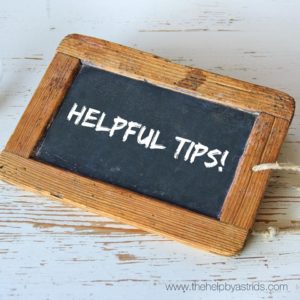
Quizzes and Visual Puzzles – Quizzes are fun to take. If you want to gather information about your readership, quizzes are a good way to do so. Puzzles are also a fun way to engage your audience. These are especially great for Digital Marketers as you can always tie it up with your product, your brand or your theme.
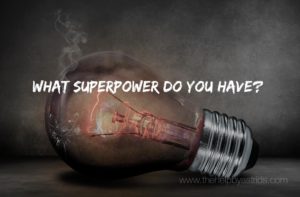
Memes and GIFS – What makes them click? Are you kidding? These are hilarious and fun to watch! It helps you build rapport with your readers and lets you show your lighter side. You can create these using Giphy, Tumblr Creatrs, or Imgur.

Drawings and Comics – I’m addicted to these and follow a few (ok maybe more than a few) creators and artists on Instagram. Drawing and comics are very relatable, easy to absorb and to understand, and generally fun to read. Check out these amazing, fun, yet thought-provoking comics on Instagram: theawkwardyeti, barelyfunctionaladult, and chrishallbeck
Hopefully, these Visual Content Assets help you increase your readership and follower engagement. Do you know of any other type of Visual Content that worked well for you in the past? Care to share them with us? Stay humble and hustle hard!
Written by Jaie O. – The Help
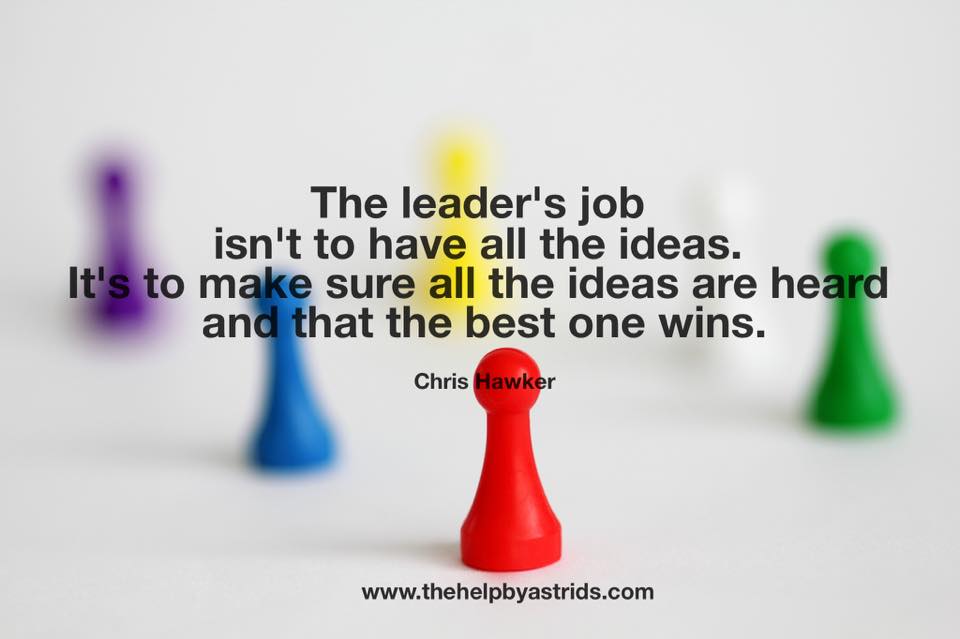
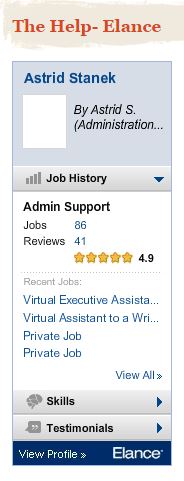
 Unless it is something you create yourself, the short answer is NO. But the article does not stop here. Many people are NOT aware of the risks involved in downloading images off the internet and using those images for themselves. Many business owners are unaware of the legal implications and the massive fines involved in using the unsourced content. In fact, even
Unless it is something you create yourself, the short answer is NO. But the article does not stop here. Many people are NOT aware of the risks involved in downloading images off the internet and using those images for themselves. Many business owners are unaware of the legal implications and the massive fines involved in using the unsourced content. In fact, even 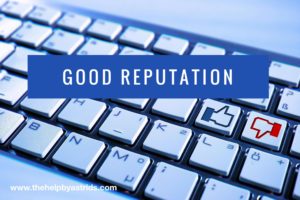
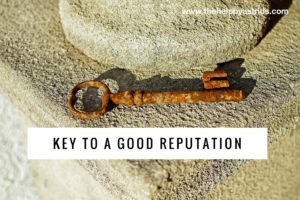 Your reputation is everything. Guard it with your life. This is especially true if you are on social media – and most people are (unless they are living under a rock or in a cave with no wifi signal).
Your reputation is everything. Guard it with your life. This is especially true if you are on social media – and most people are (unless they are living under a rock or in a cave with no wifi signal).